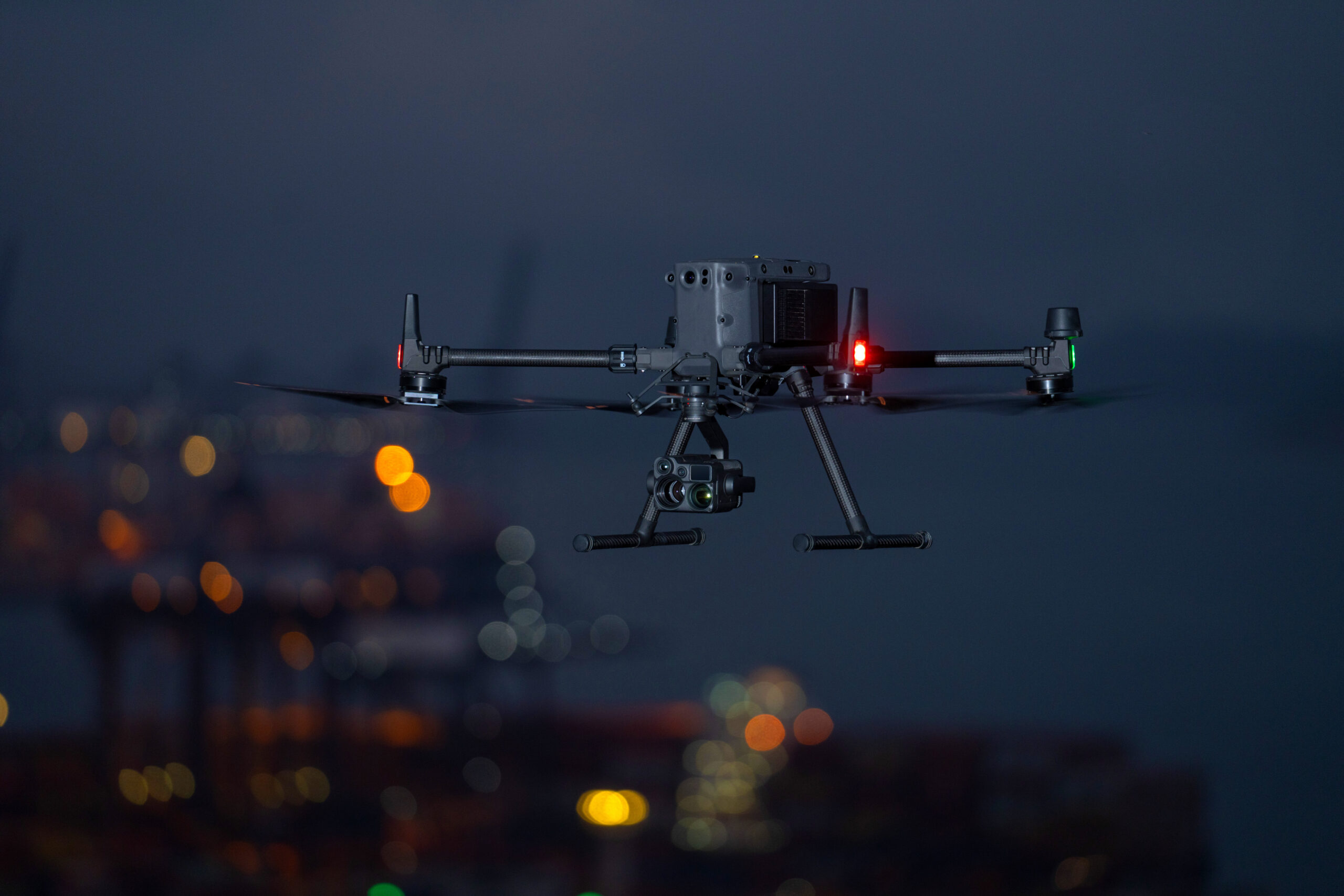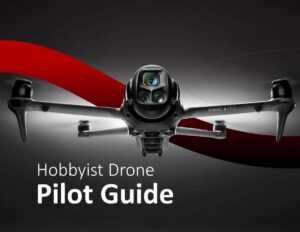Your Ultimate Guide for Responsible Drone Flying
Share This Post
What It Means to Be a Responsible Drone Pilot
As a drone pilot, the weight of responsibility is yours. It’s up to you to ensure each flight complies with local regulations and adheres to operational standards and safety protocols. This becomes especially crucial in regulated airspaces like Dubai, where the Dubai Civil Aviation Authority (DCAA) and the General Civil Aviation Authority (GCAA) monitor one of the most heavily regulated airspaces in the world. But what does all of this actually mean for you? Let’s dive in.
Understanding Compliance with CAR-UA Regulations
The Civil Aviation Regulations for Unmanned Aircraft Systems (CAR-UA) are at the heart of every legal drone flight. These regulations aren’t just boxes to check off; they’re there to ensure safety and smooth operation for everyone in the airspace.
Take, for instance, the SkyCommander system. If you’re flying within Dubai, installing this tracking technology is mandatory. SkyCommander allows authorities to monitor your drone’s real-time location and altitude, which enhances overall airspace safety. Then there’s insurance, another critical requirement. Every drone must be properly insured to cover property damage, third-party liability, and personal injury. Without this, an accident could land you with serious legal repercussions.
Now imagine you’re expanding your fleet or switching up the types of drones you operate. It’s essential to notify the DCAA about these changes. Keeping your records up to date avoids unnecessary hiccups down the road, such as unexpected operational restrictions.
Maintaining your drone is equally important. Regular check-ups are your responsibility—ensuring everything from instruments to mechanics are in top condition. By doing so, you not only follow manufacturer guidelines but also avoid potentially dangerous situations.
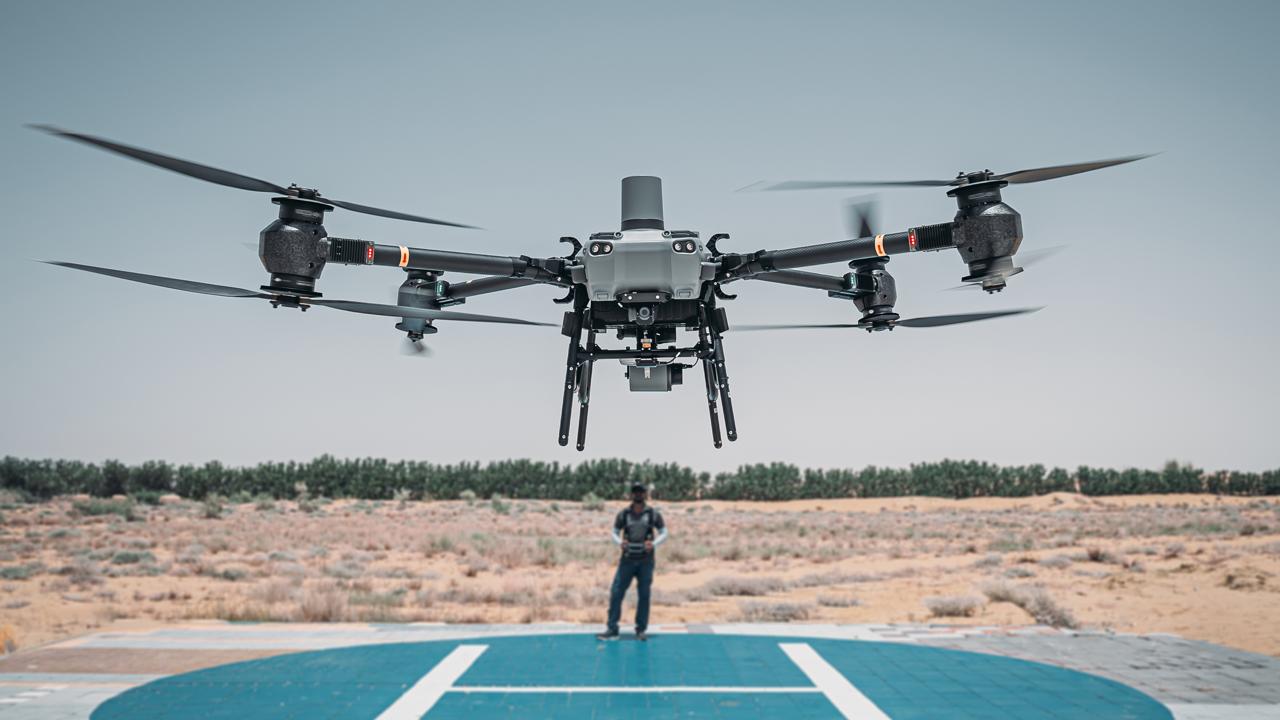
A Closer Look at Safe Flying Practices
Safe drone operations are more than just following the rules; they’re about understanding why these rules matter. Consider manned aircraft—every time one appears in the vicinity, your priority is to immediately bring your drone down. Why? Because the risk of a mid-air collision is too great to ignore.
Then there’s the issue of privacy. When you’re flying over populated areas, you’re responsible for ensuring that your drone doesn’t compromise the privacy of individuals or businesses. Staying at a safe distance from people, buildings, and vehicles is not only important for safety but also crucial for avoiding legal issues.
Certain areas, like military zones or high-security regions, are no-fly zones unless you’ve been granted special authorization. Respect these boundaries and ensure that your drone operates only where it’s allowed. And remember, flying is strictly a daytime activity unless you have the technology to maintain a visual line of sight (VLOS) at night. Ensuring you always have eyes on your drone dramatically lowers the risk of accidents.
The Extra Security Steps for Aerial Photography
If your drone is equipped with aerial imaging capabilities, there are additional security measures to consider. For starters, you can’t simply take aerial footage whenever you like. You’ll need prior approval from both the UAE Security Sector and the Dubai Film and TV Commission (DFTC). Failing to secure this approval could land you in legal issues faster than you think.
It’s also critical to stay updated with any temporary no-fly zones, especially during major events or for security reasons.
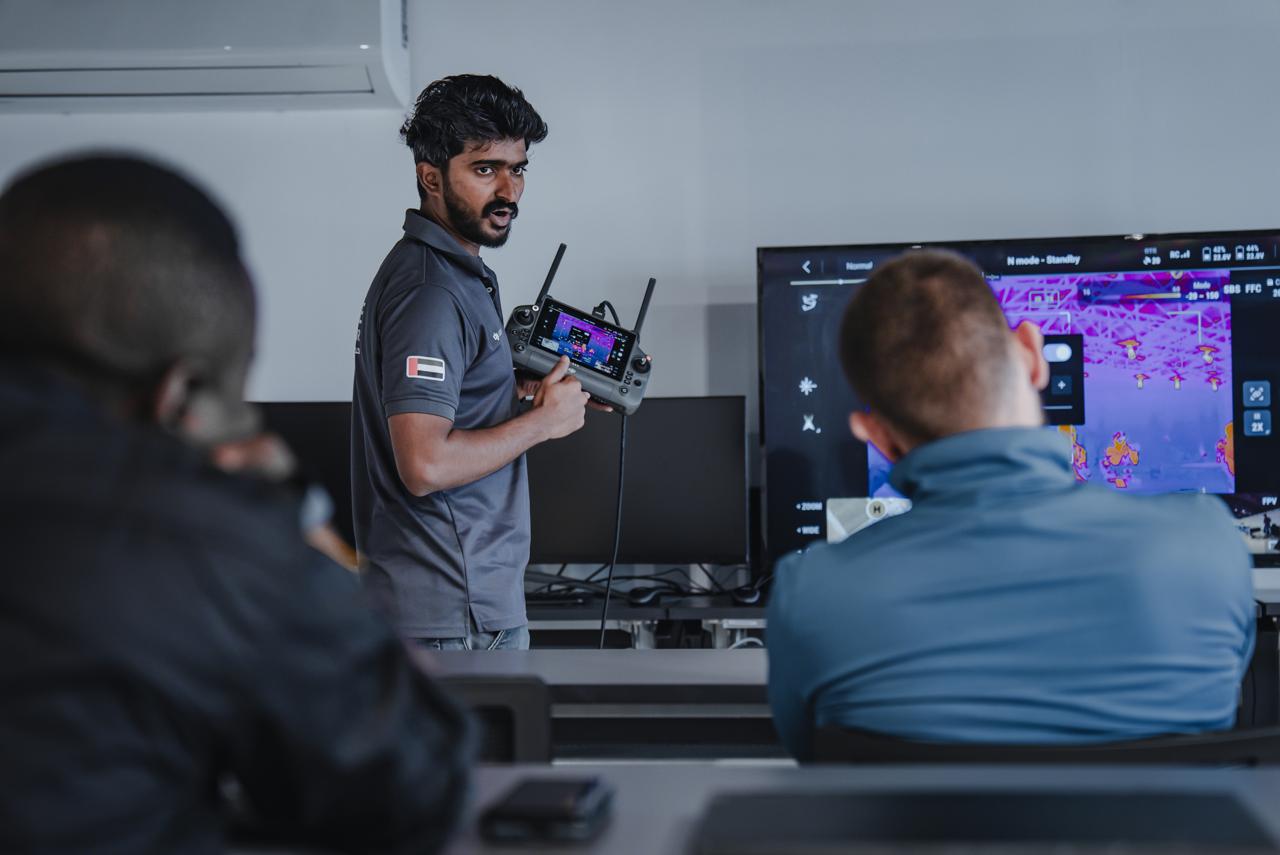
What to Do in Case of an Accident
Even with the best intentions, accidents can happen. And when they do, reporting them is crucial. If you’re involved in an incident, whether it’s a minor mishap or a serious accident, you need to report it to the GCAA and DCAA within 48 hours. Both authorities have designated hotlines and emails for this purpose, and involving local law enforcement is equally important if the accident involves injuries or significant property damage.
Your accident report should be as detailed as possible, including your name, certification number, drone registration (if applicable), and a comprehensive description of the event. Even near misses with manned aircraft need to be reported promptly. Reporting not only helps with accountability but also contributes to better safety standards moving forward.
For serious accidents, follow-up reports are mandatory. These outline the corrective measures you’ve taken to prevent similar incidents in the future, showcasing a commitment to continuous operational safety improvement.
The Role of Health in Drone Piloting
While drone flying might not seem physically demanding, it requires a high level of mental sharpness and physical readiness. Stress, fatigue, and even dehydration can cloud your judgment and slow your reaction times. For example, hyperventilation, often triggered by anxiety, can lead to dizziness or even unconsciousness. Pilots should be conscious of their breathing and mental state, especially in high-pressure situations.
Stress, whether acute or chronic, has the potential to derail your focus. If you’re overwhelmed, it’s wise to take a step back and avoid flying until you’re in the right headspace. Fatigue is another silent risk. Without adequate rest, concentration suffers, and small mistakes can escalate into major incidents. Similarly, dehydration can creep up on you, especially in regions like the UAE where the climate is often hot and humid, leading to fatigue and heatstroke. Staying hydrated is essential to keeping your mind sharp during flights.
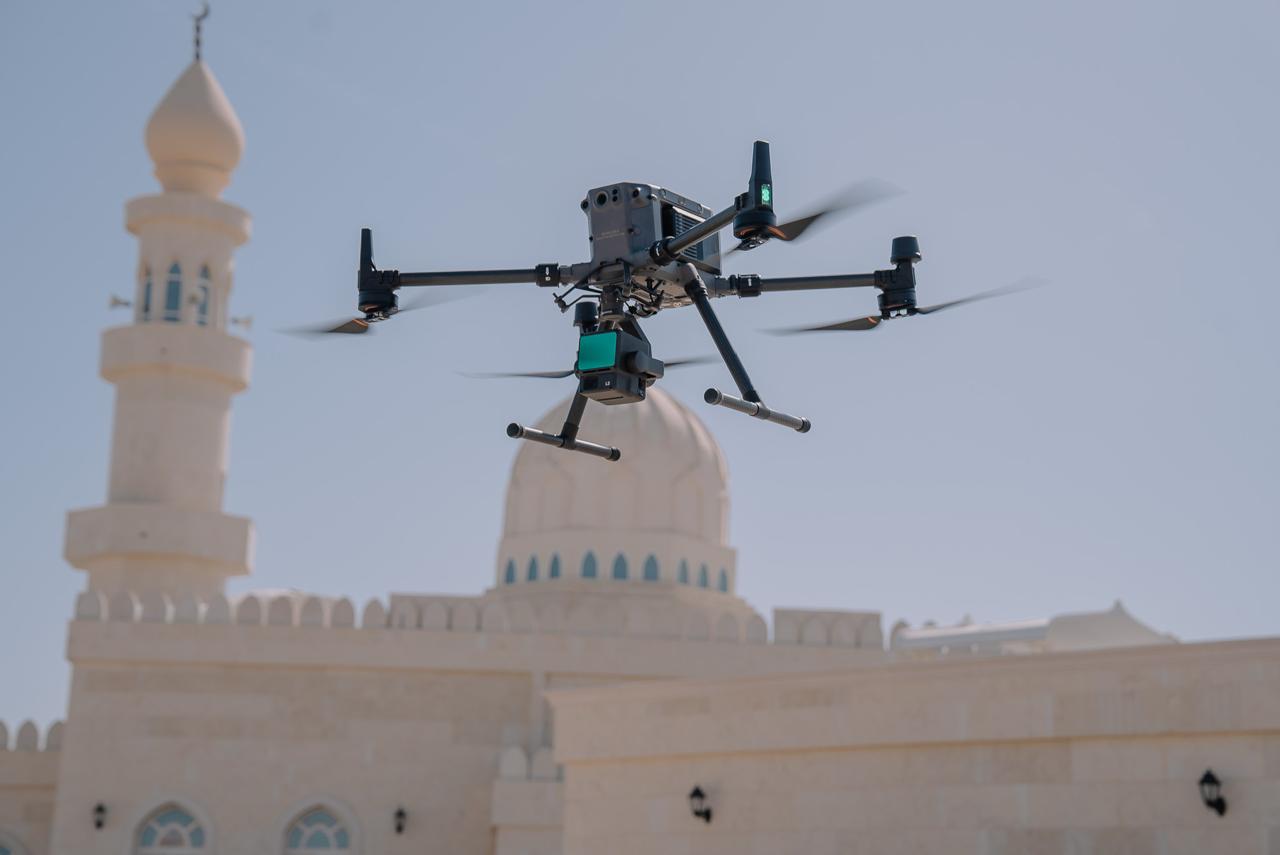
The Bottom Line on Risk Management
Risk is part and parcel of flying drones, but the key is to manage and minimise it. Only take on necessary risks—if the benefits don’t justify it, don’t fly. For instance, pushing your drone through poor weather conditions for the sake of a project’s success may not be worth it.
Effective risk management comes down to making decisions at the right level. If you’re unsure about a flight, consult with someone more experienced, whether that’s air traffic control or a supervisor. Adopting the 3P Model—Perceive, Process, Perform—helps you continuously assess risks as you fly (expect more on the 3P model in a future blog). Establishing personal safety thresholds based on your experience level can also guide you in making better decisions when conditions get tough.
Leading the Way in Responsible Drone Flying
Ultimately, flying a drone responsibly is about more than just following the law—it’s about ensuring the safety of people, property, and airspace while respecting the privacy of others. Whether you’re flying for work or for fun, it’s up to you to maintain situational awareness and manage risks effectively.
If you’d like to get trained on drone operations and wish to learn more about safety frameworks and critical protocols we follow at the FEDS Drone Academy that encourages responsible flying, get in touch with us today!
